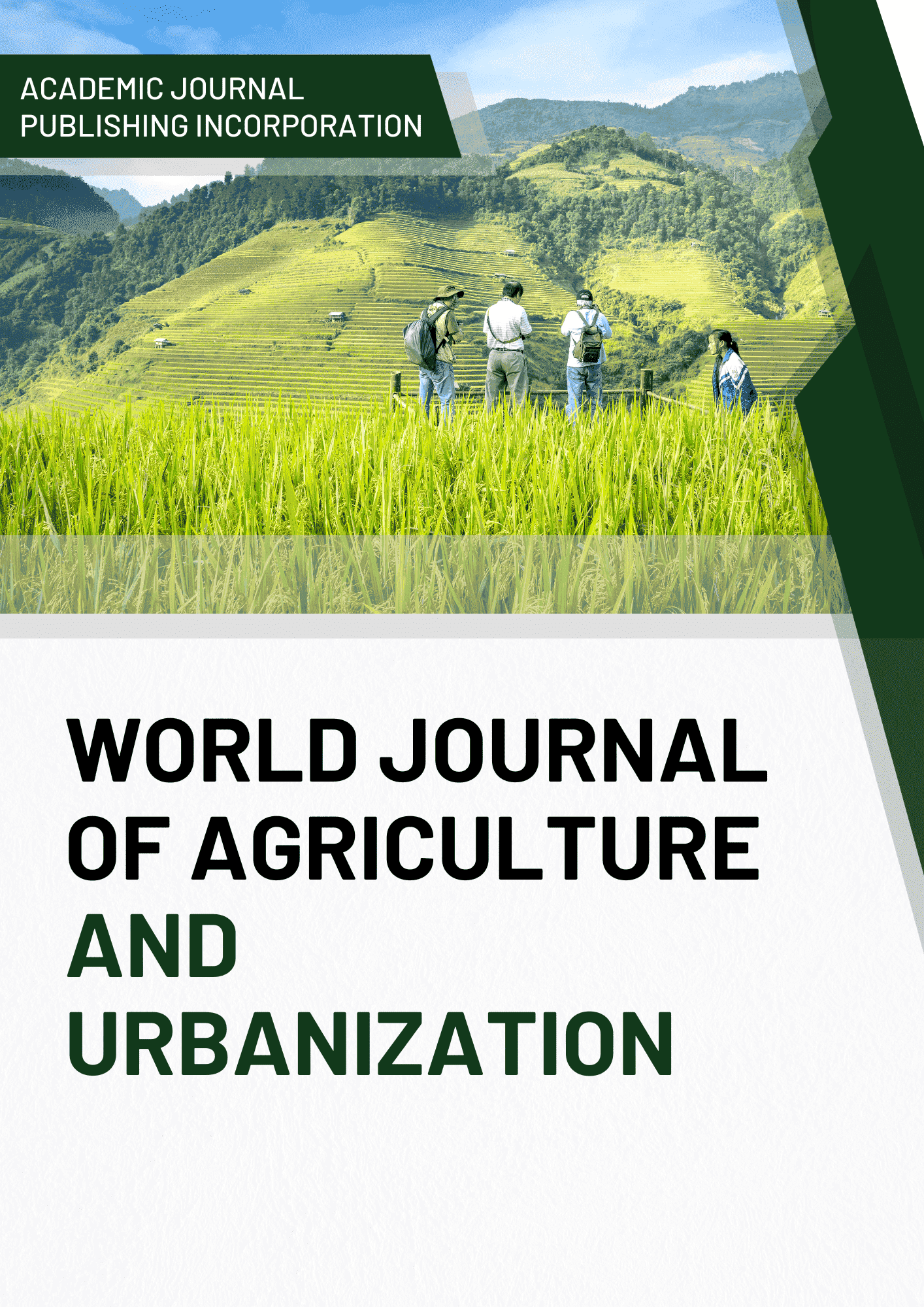Study of the Genetic Relationship of Cotton in the F2 Hybrid Generation on Some Economic Traits (Correlation)
DOI:
https://doi.org/10.51699/wjau.v2i9.97Keywords:
Breeding, lineage, productivity, medium fiber, fiber yield and quality, backcross and simple hybrids, stem, cotton seedsAbstract
The article presents experimental data on the genetic relationship between economically valuable traits and productivity of backcross and simple hybrids of medium-fiber cotton, early maturity, the number of fertile branches, the distance between fertile nodes, the weight of one capsule, the weight of 1000 seeds and the fiber yield.
References
Allashov B. Ibragimov Sh., Ibragimov P., Shadraimov E. The study of correlative relationships between udder weight and other characters in the T-550 line obtained by double hybridization method “The current state of selection and seed production of cotton, problems and ways to solve them “collection of the international scientific and practical conference. - Tashkent, 2007. - P. 91-93.
Tuychiev. X.Yu. Correlation of the number of crop branches per plant in cotton varieties and ridges with speed //Achievements of genetics and selection of signs of early maturity and resistance of agricultural plants to biotech and abiotic environmental factors dedicated to the 100th anniversary of Academician S.S. Sadykov. - Tashkent, 2011. - P. 80-82.
Downloads
Published
How to Cite
Issue
Section
License

This work is licensed under a Creative Commons Attribution 4.0 International License.
The work simultaneously licensed under a Creative Commons Attribution 4.0 International License
You are free to:
- Share — copy and redistribute the material in any medium or format
- Adapt — remix, transform, and build upon the material for any purpose, even commercially.
The licensor cannot revoke these freedoms as long as you follow the license terms.
Under the following terms:
-
Attribution — You must give appropriate credit, provide a link to the license, and indicate if changes were made. You may do so in any reasonable manner, but not in any way that suggests the licensor endorses you or your use.
- No additional restrictions — You may not apply legal terms or technological measures that legally restrict others from doing anything the license permits.








